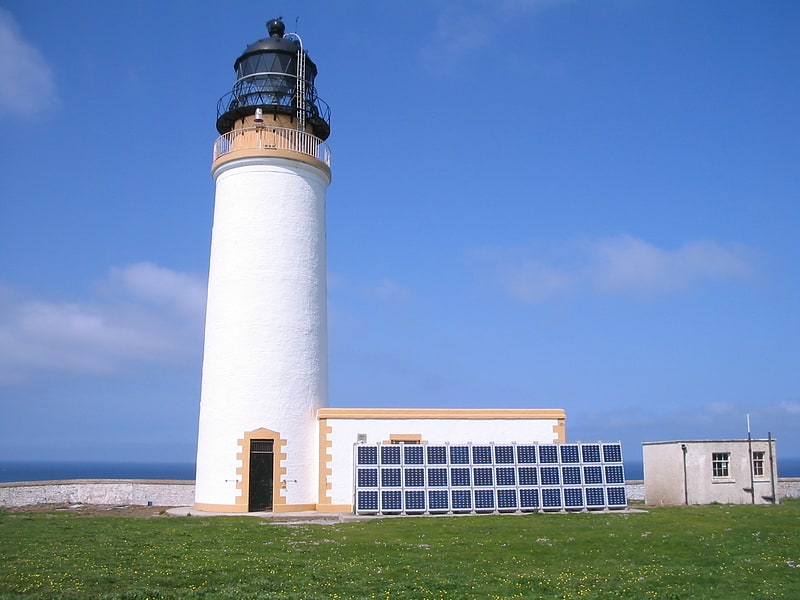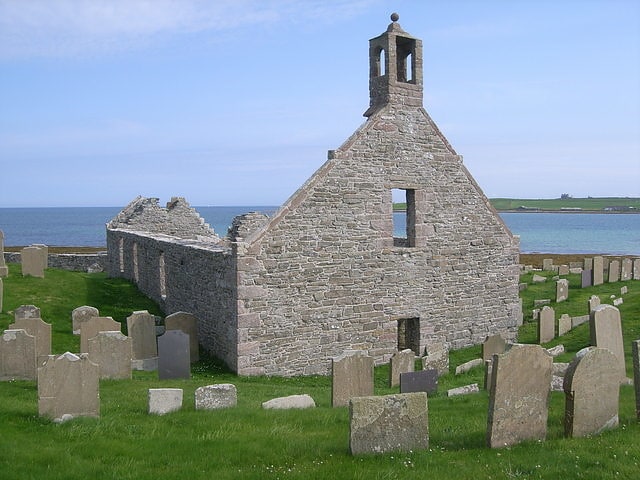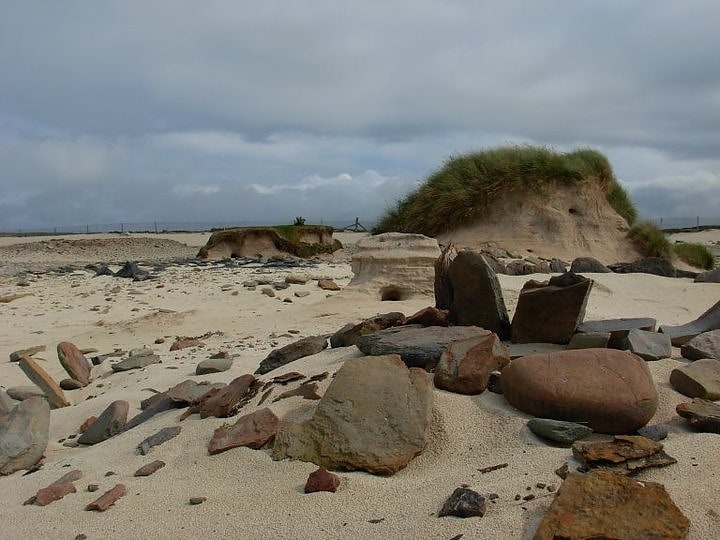Discover 4 hidden attractions, cool sights, and unusual things to do in Westray (United Kingdom). Don't miss out on these must-see attractions: Noup Head Lighthouse, Noltland Castle, and Lady Kirk. Also, be sure to include Links of Noltland in your itinerary.
Below, you can find the list of the most amazing places you should visit in Westray (Scotland).
Table of Contents
Noup Head Lighthouse

Lighthouse in Scotland. Noup Head Lighthouse lies on the north west headland of the isle of Westray, in Orkney, Scotland. It was constructed by David A Stevenson in 1898 for the Northern Lighthouse Board.
The lighthouse became automatic in 1964 and was converted to wind and solar power using a solar array in 2000.[1]
Noltland Castle

Tourist attraction in Scotland. Noltland Castle is located near Pierowall on the island of Westray in the Orkney Islands of Scotland. It dates mainly to the later 16th century, although it was never fully completed. The castle is protected as a scheduled monument.[2]
Lady Kirk

The Lady Kirk at Pierowall is one of two ruined churches on the island of Westray, in Orkney, Scotland. It is a Scheduled Ancient Monument in the care of Historic Environment Scotland.
The church was built in 1674, on the foundations of the 13th-century church.[3]
Links of Noltland

Historical landmark in Scotland. Links of Noltland is an archaeological site near Grobust Bay on the north coast of Westray in Orkney, Scotland. The site contains the remains of both a Neolithic village and later Bronze Age dwellings.
Excavations at the site (HY428492) in the 1980s found a Neolithic building, which is now in the care of Historic Scotland who are funding further excavation. In 2009 the Westray Wife was discovered, a lozenge-shaped figurine that is believed to be the earliest representation of a human face ever found in Scotland. The face has two dots for eyes, heavy brows and an oblong nose and a pattern of hatches on the body could represent clothing. Archaeologist Richard Strachan described it at the time as a find of "astonishing rarity". Two further figurines were subsequently found at the site, one in 2010 and the other in 2012, a situation described as "unprecedented" by Culture Minister Fiona Hyslop.
There may have been several phases of occupation, as the first figurine was probably carved 2500 – 3000 BCE and one structure has been dated to c. 2000 BCE. Other finds include polished bone beads, tools, and grooved ware pottery. The full extent of the site is believed to exceed the size of Skara Brae on the Orkney mainland. The ruins are being backfilled to protect them from winter storms.
Another 2009 discovery is that of a large building for collective use described as a "village hall". The structure overlooks the main settlement and would have been about 20 metres (66 ft) wide and had walls 3 metres (9.8 ft) thick. Other finds are revealing a remarkably detailed picture of life in the settlement over a long period of time spanning the Neolithic and early Bronze Age. It is clear that the residents farmed crops such as barley, kept livestock such as cattle and sheep and were partial to venison.
Nearby are Queen o' Howe broch, The Lum Head chambered tomb and the ruins of Noltland Castle.[4]